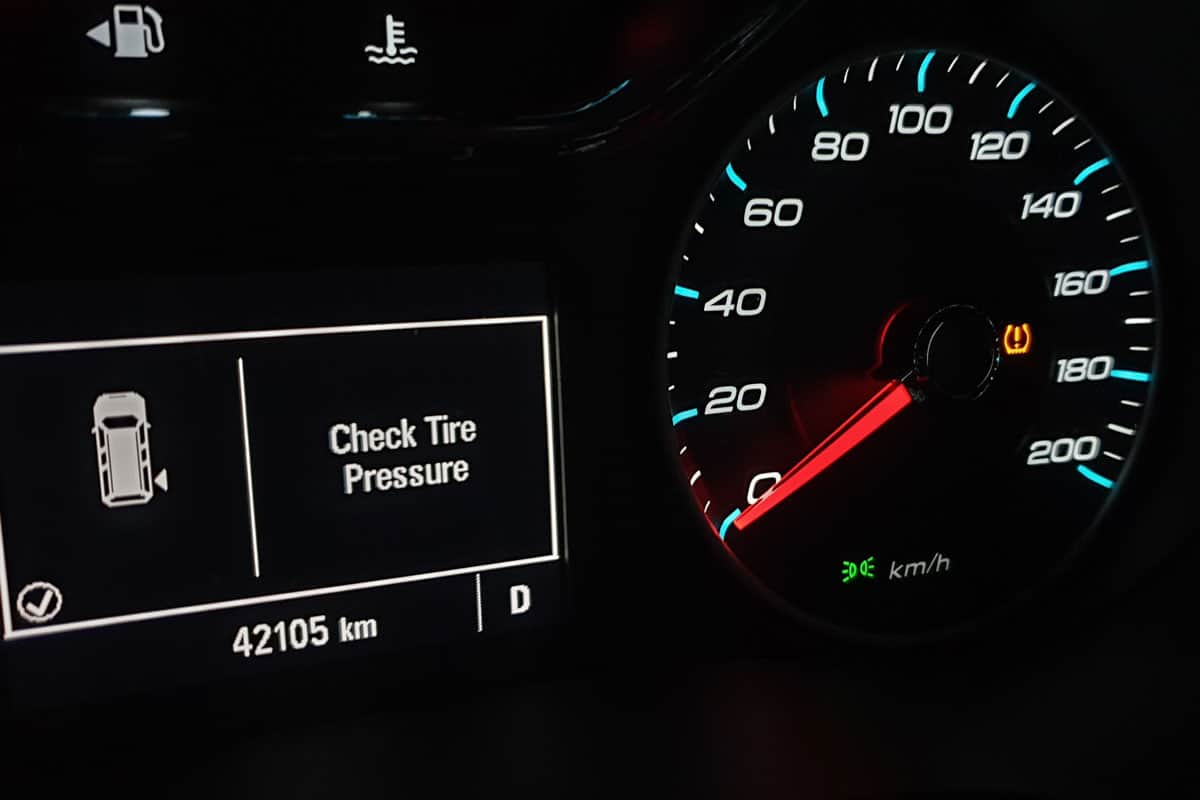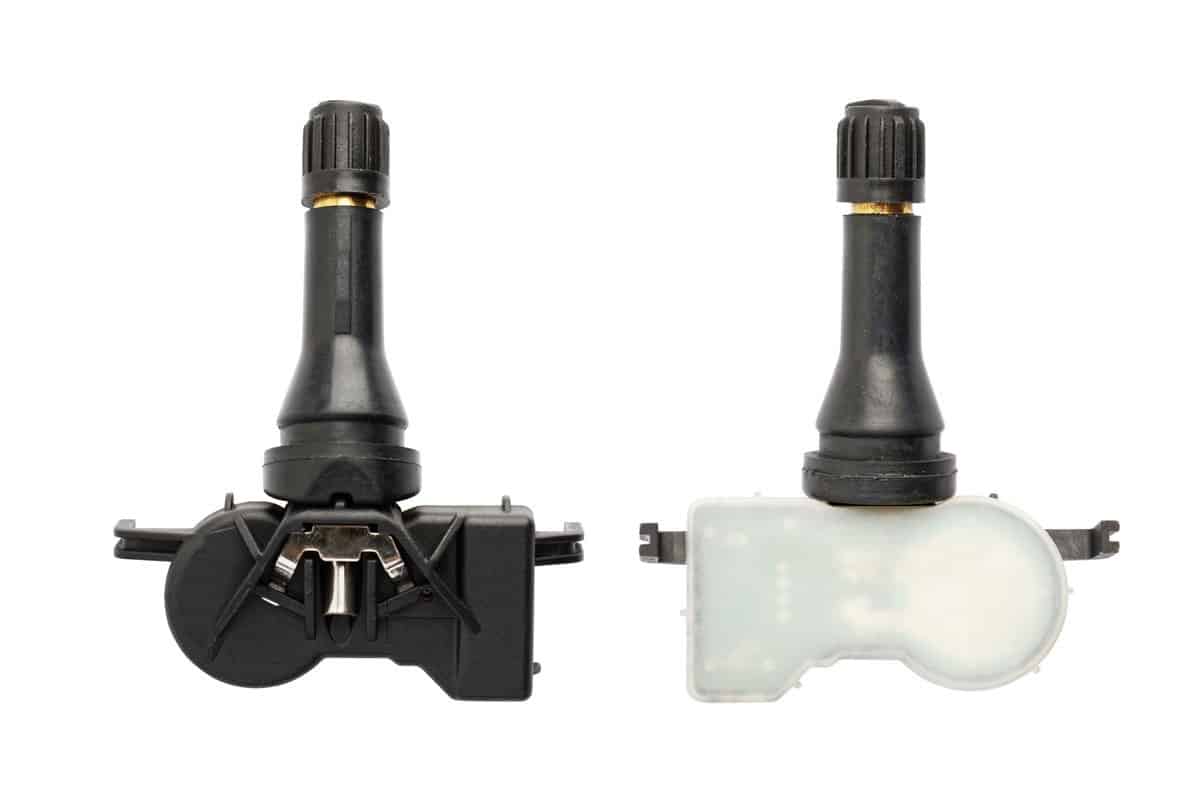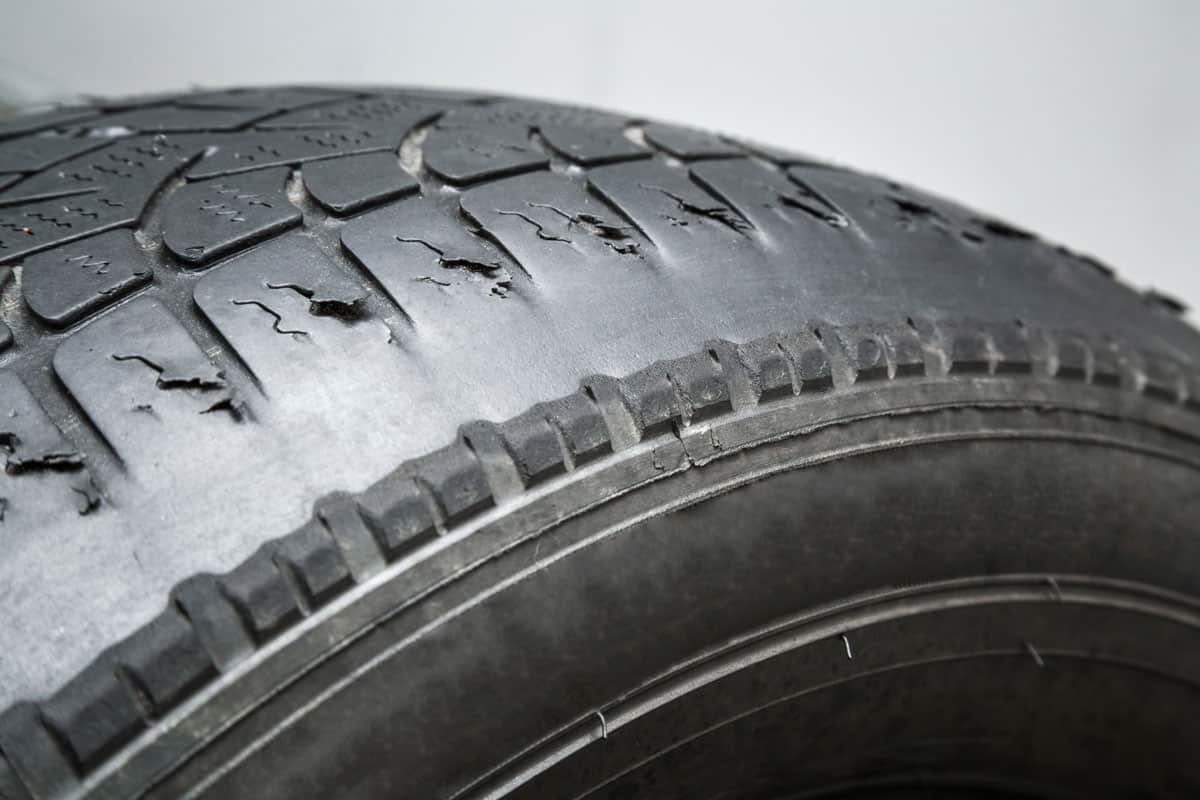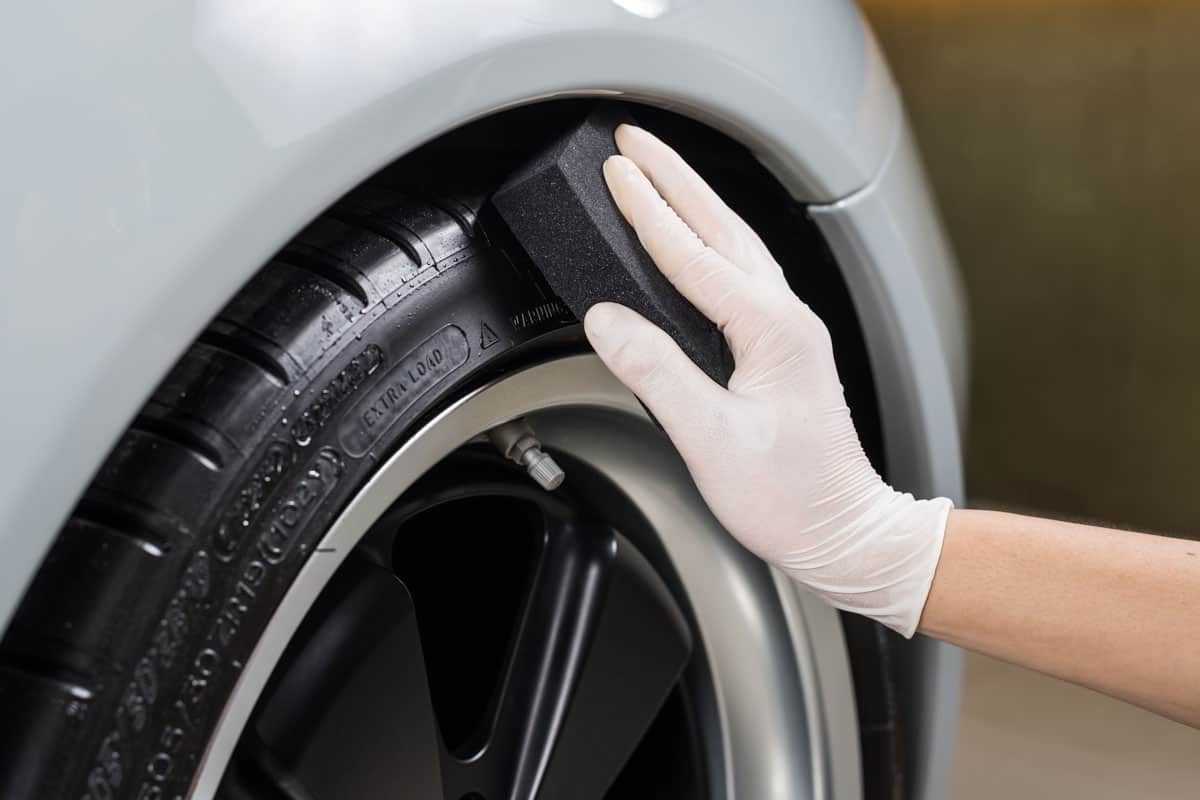When the tire pressure sensor light flashes on your dashboard, you should not ignore it. What does it mean? Can heat affect the tire pressure sensor? We did research to find answers for you.
Heat does affect a car's tire pressure sensor. The tire pressure sensor light may come on due to heat. The tire pressure sensor light may also indicate that the tires are hot and their air pressure is beyond the recommended amount.
Would you like to find out how to fix the tire pressure sensor light warning? What are some other reasons the tire pressure monitoring system may suddenly come on? We'll discuss the these issues and how to deal with them in this post.
Can Heat Affect The Tire Pressure Sensor?

One of the reasons your tire pressure sensor warning can come on is heat. Heat from the road and driving conditions can impact the tire pressure sensor and cause the light to come on.
Hot weather can also cause tire pressure to rise to levels that are higher than normal, which can trigger the tire pressure sensor warning.
The tire-pressure monitoring system (TPMS) warning light on the dashboard is significant for your safety. The warning light will come on when there is something wrong with the tire pressure, tire sensor battery, or other sensors.
The warning light usually appears for a few seconds and quickly disappears if you have a minor tire pressure issue.
However, if the warning light permanently stays on, you probably have a severe problem that needs immediate attention. Do not ignore the warning to prevent severe road hazards.
How To Fix The Tire Pressure Monitor System

Learning to fix the TPMS warning will help you save money and time. Here are some troubleshooting steps to fix the error.
Faulty TPMS Sensor
There may be times when the TPMS sensors are faulty, and you'll need to have them replaced. A professional mechanic can do the job, but if you have the expertise to do it yourself, here are the steps for replacing the TPMS sensors with a TPMS rebuild kit:
- Use a socket and ratchet set to release the old TPMS sensor from its place. Make sure you remove any old parts.
- Remove the valve core and flatten the tire.
- Find the bolt attaching the sensor to the tire, and take the bolt out. Push the sensor into the tire rim.
- Using a tire iron, open and pull half of the bead off. Put your hand in the tire, find the sensor, and pull it.
- Put in the new sensor. Put the gasket from the kit in the valve of the new TPMS sensor. Push the tire down before it touches the wheel rim, ensuring that the valve stem gap is at the edge.
- Push the sensor into the valve hole and hold it in place. Use a ratchet to realign and tighten the washer you took off the old TPMS sensor.
- Use a wrench to secure and tighten the grommet.
- Add air to the tire and set up the alternate system.
Tire Sensor Battery
If the tire sensor battery is the cause of the warning light, you may need to replace it. However, some TPMS sensors have built-in batteries, and the only way to replace the battery is to change the sensor.
Tire Damage

If the TPMS light comes on and your tires are losing air pressure, you should look for visible damage.
Don't drive your vehicle when you see sidewall damage, nails in your tires, tire bubbles, or other possible issues. Replace the tires to avoid a tire blowout or severe road hazard.
If there is no visible tire damage, take your car to a repair shop for a check-up. There could be a slow leak that is difficult to spot.
How To Reset The TPMS
The TPMS should reset automatically after fixing any issues or adding air to your tires. If it won't shut off, here's how to reset it:
- Put the key in the ignition and turn it without starting up your car.
- Press and hold the TPMS reset button so that the tire pressure light flashes three times.
- Release the button, start your car, and let it run for about 20 minutes. This should reset the TPMS sensor.
- Drive for about 10 minutes at 50 mph or more. This step will help in resetting the sensor.
- Inflate your tires to 3 PSI higher than their recommended PSI and deflate them. Do the same with your spare tire if it has a sensor.
- Inflate your tires to the suggested PSI.
- Turn the ignition off and disconnect the positive battery cable. Turn the ignition on again and press the horn for three seconds to release remaining vehicle power.
- Reconnect the battery. You should now be able to drive your car as usual.
Why Isn't The TPMS Sensor Working After Tire Change?
If the TPMS sensor has an automatic readjusting system, it will reset itself after changing the tires, and there is no need for a manual reset. The vehicle has to run a few miles to work the pressure reading out and automatically modify the sensors to the new air pressure.
For indirect TPMS sensors, a mechanic may need to manually reset the TPMS system.
Can Hot Tires Explode?
![Will Mineral Spirits Remove Polyurethane? [And What Other Products To Use]](https://vehq.com/wp-content/uploads/2023/02/Will-Mineral-Spirits-Remove-Polyurethane-And-What-Other-Products-To-Use.png)
Tires can explode when their temperature increases above 250 degrees Fahrenheit. The air molecules expand and make contact with each other and the tire walls when it gets hot.
You will know your tire is overheating if the tire feels hot to the touch and the pressure gauge shows overinflation. The pressure should be between 32 to 35 PSI. Anything higher than that is a sign your tire is overheating.
Make sure your tires are around the recommended inflation pressure. You can use a PSI tester to check and maintain correct tire pressure, reduce wear, and extend the life of your tires life.
Click here to see this PSI tester on Amazon.
Does Cold Weather Affect A Tire Pressure Sensor?
Tire pressure may drop during cold weather, and the tires may become deflated. The TPMS can tell when the pressure drops in your tires.
The TPMS will not malfunction due to cold weather conditions, and the air pressure should regulate when you use your car. However, the air pressure drop may cause the warning light to turn on more often in colder weather.
How To Care For Tires

Any vehicle requires tire care for the best performance. Tire cleaning and maintenance are needed for your car to look great and will help ensure your safety.
Here's how to care for your tires:
- Use a soft, gentle brush to clean your tires. Avoid using a harsh brush.
- Use mild detergent for cleaning and dry the tires with a soft cloth.
- Use a tire dressing after washing.
- Rotate tires every 6,000 miles.
- Regularly inspect your tires for any potential damage.
- Regularly adjust the tire pressure to maintain tire balance. Correcting and adjusting the tire pressure also helps prolong the tire lifespan and improve fuel efficiency.
Click here to see this tire dressing on Amazon.
How To Choose The Right Tires
Choosing the best tires for your vehicle can ensure safety and comfort while on the road. The right tires improve handling quality, provide better acceleration, and help with braking. Here are some tips for selecting the best tires:
- Consider your driving conditions.
- Choose tires that help with braking on dry or wet surfaces.
- Pick tires that can lessen noise and vibrations, which can be beneficial for long trips.
- If you frequently drive on unpaved roads, use tires that offer durability and off-road adhesion.
- Tires with grip and control are perfect for highways and major roads.
Wrapping Up
We learned from this post that heat can impact a tire pressure sensor. Checking your tire pressure is necessary to monitor the condition of your tires and prevent further issues with the sensors.
We also discussed other possible causes of TPMS malfunction and how to troubleshoot the problems. This will keep your car in good condition and ensure your safety on the road.
For further discussion about car systems and other helpful guidelines, visit the following posts:
Can Tire Pressure Sensors Leak Air?
Ford Tire Pressure Sensor Fault? Here’s What To Do


